Red Currant Marmalade Recipe, fine Jam delicious make yourself!
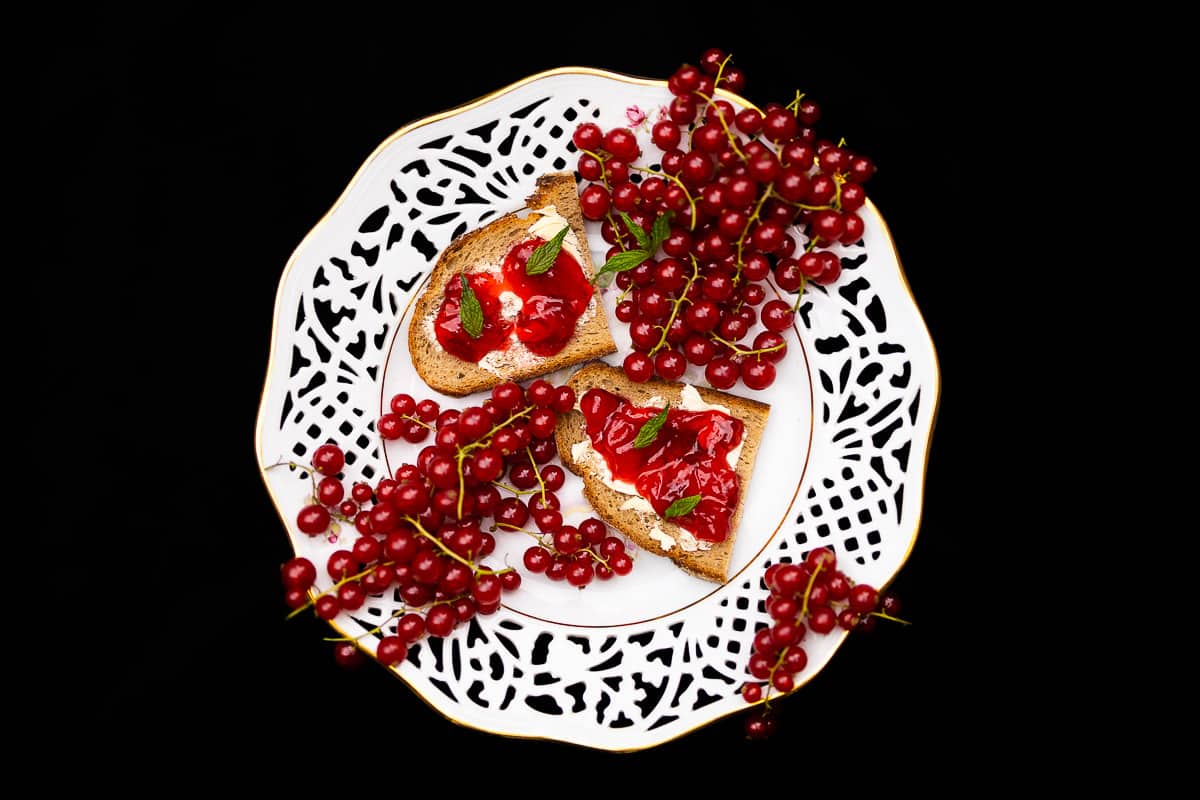
Author:
Thomas Sixt is a chef, food photographer, cookbook author and blogger.
Here he shares recipes, answers cooking questions and helps with cooking.
Now I would like to introduce you to my red currant marmalade recipe. Since my berries are passed through because of their seeds, it is almost a currant jelly.
Red currants are called “Ribisel” in Bavaria and in Austria. They are in season from June to August.
The red pearls on the style are relatively sour when eaten pure and contain kernels that fit perfectly into any gap between the teeth.
Visually, currants are a real hit and are often used by restaurants as decoration. I like the red juicy pearls best as jam or jelly. That’s why I’m looking forward to precooking it for you and to the pleasure of jam on bread 🙂
Now it starts right away: I’ll show you how to put the fruits into the jar and wish you joy when recooking and good luck!
Table of Contents
1. Recipe Redcurrant Marmalade
Redcurrant Marmalade
Cooked, photographed and written down by chef Thomas Sixt.
Simple instructions for classic currant jam boiling with preserving sugar.

Ingredients
| 1 | kg | red currants |
| 1/2 | kg | brown cane sugar |
| 1 | packet | gelling aid |
| 1 | Apple (gerieben) | |
| 50 | ml | orange liqueur (Cointreau or Grand Marnier) |
Instruction
Cooking marmalade
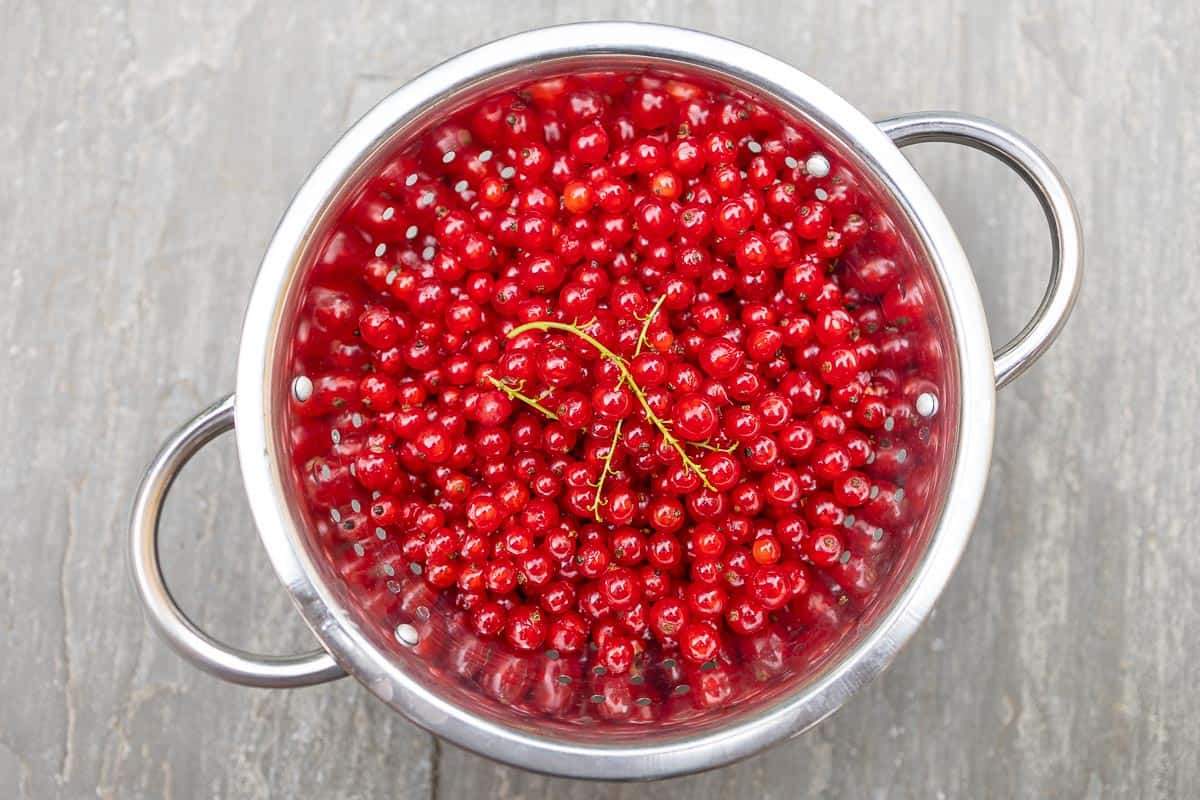
Prepare fruit
1kg currants from their styles
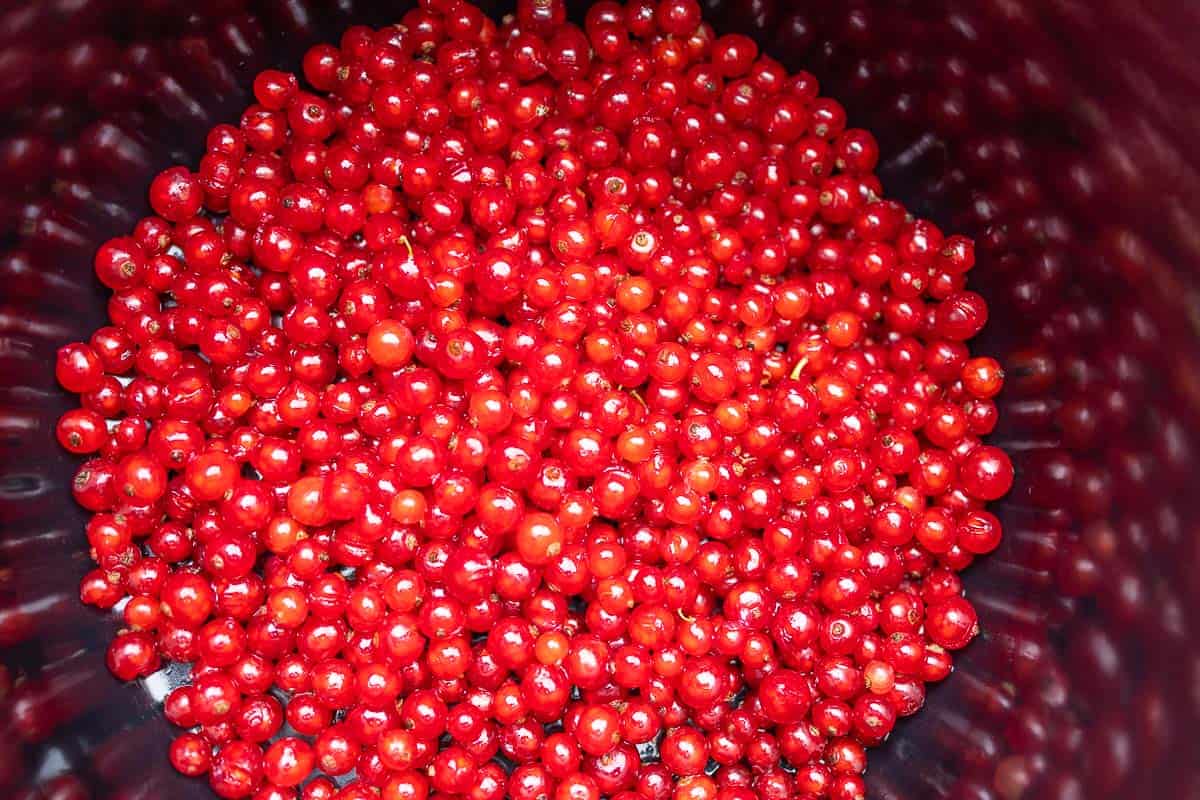
Wash fruits
Wash the currants and place them in a sufficiently high pot.
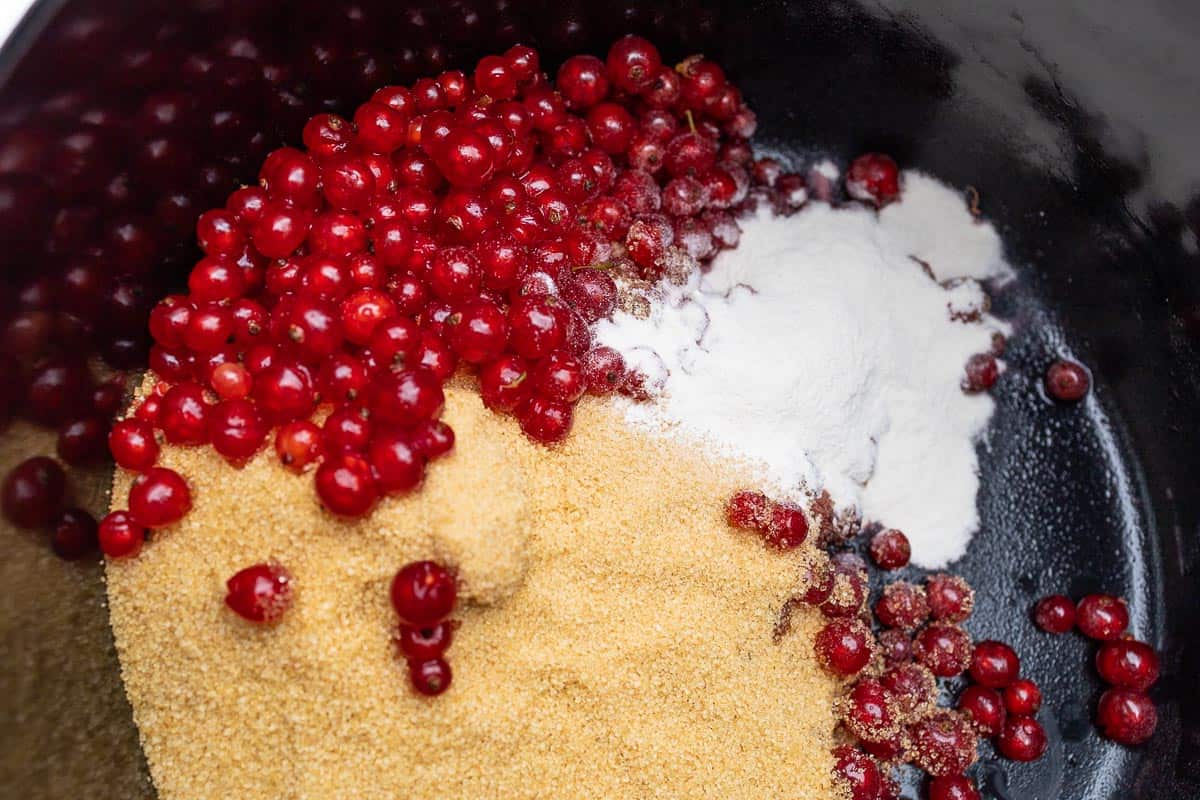
Add ingredients
Add sugar, gelling aid and Cointreau. Add a grated apple.
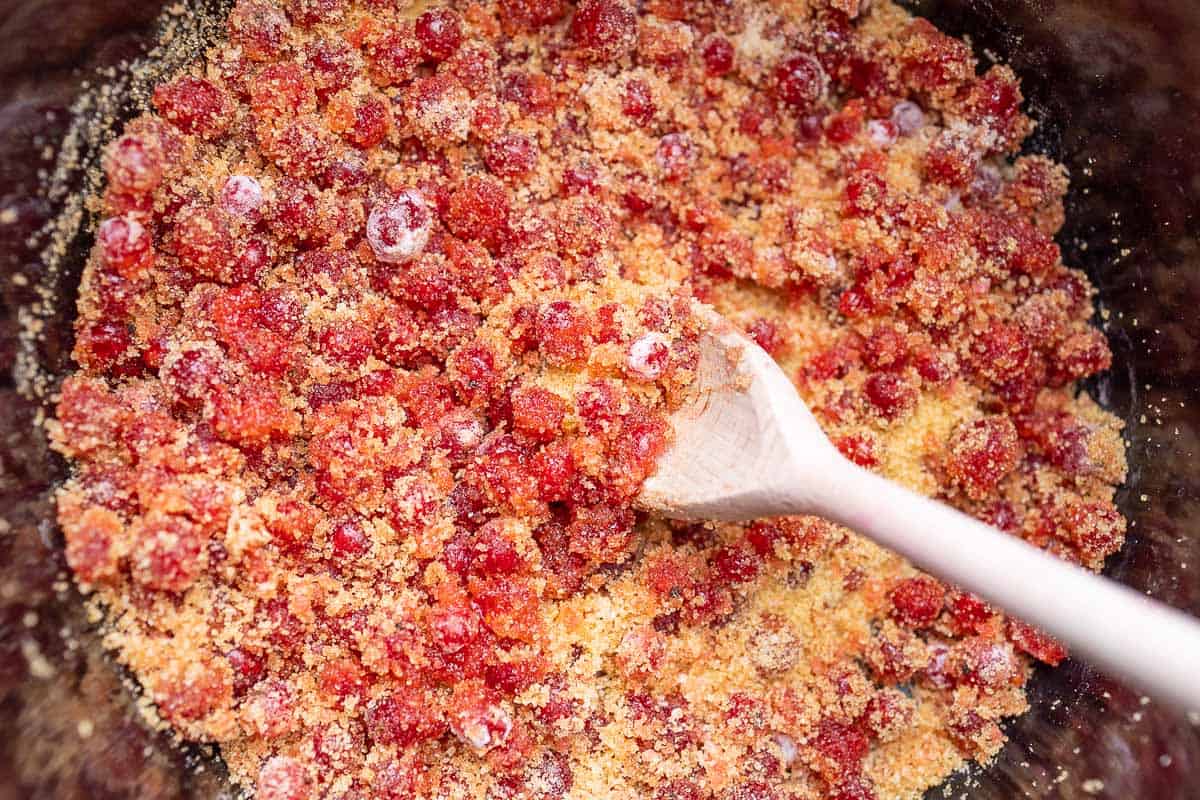
Stir
Heat the pot.
Mix the currants with sugar, gelling agent, apple and Cointreau well with a wooden spoon.
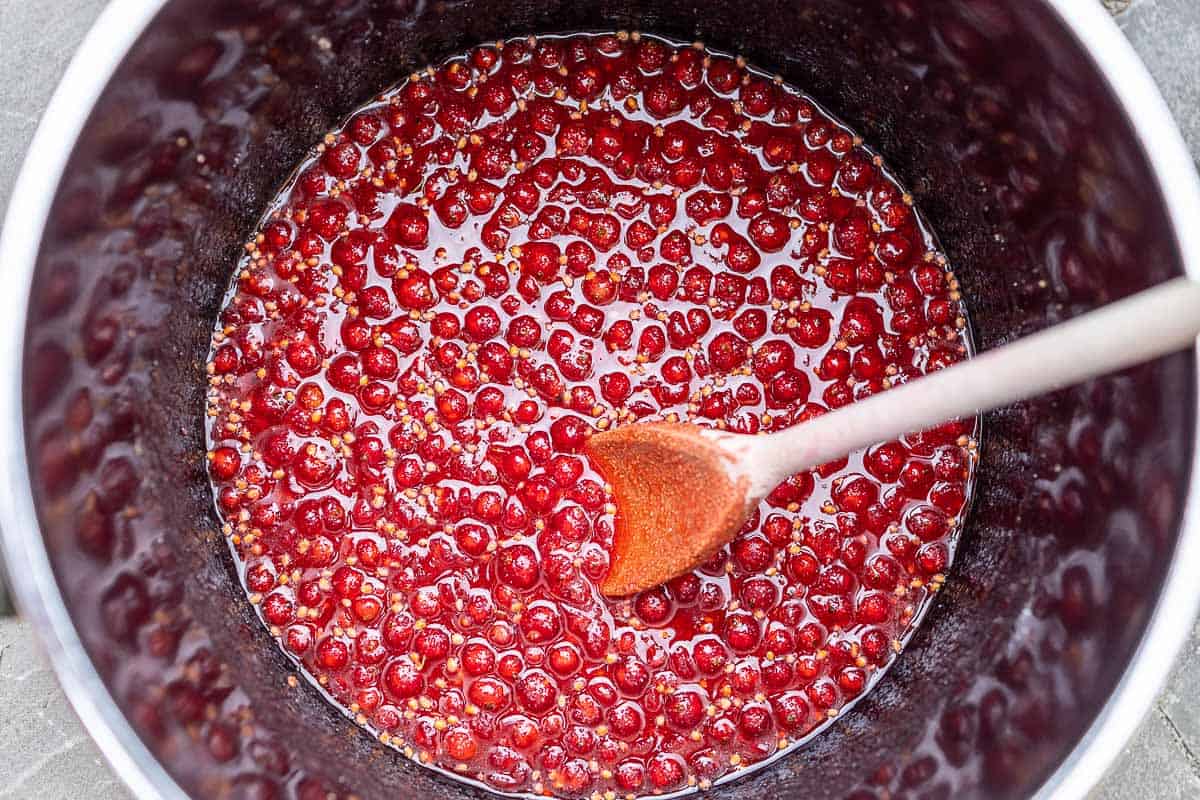
Cooking
Bring the currant jam to the boil.
Then let it simmer for about 5 minutes more.
Passing through a sieve
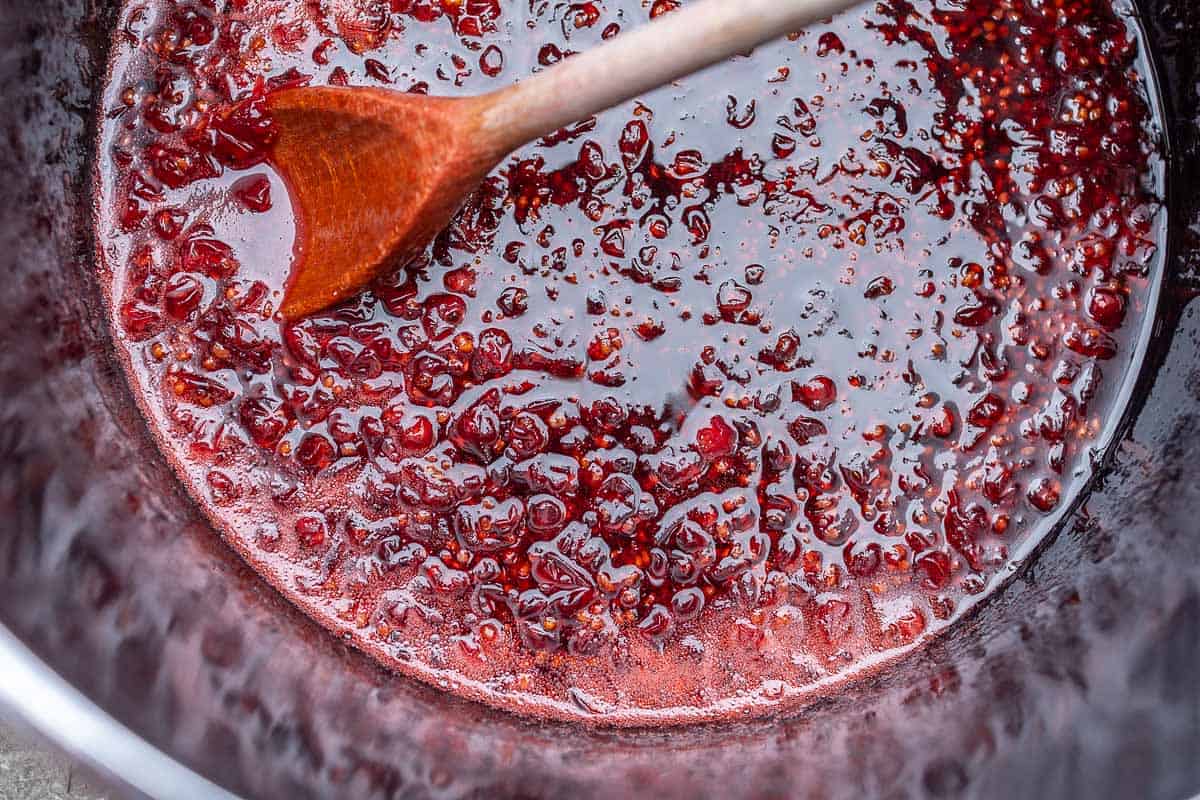
Prepare pass
Use a second saucepan.
Put a fine sieve on.
Put a part of the hot jam into the sieve to pass through.
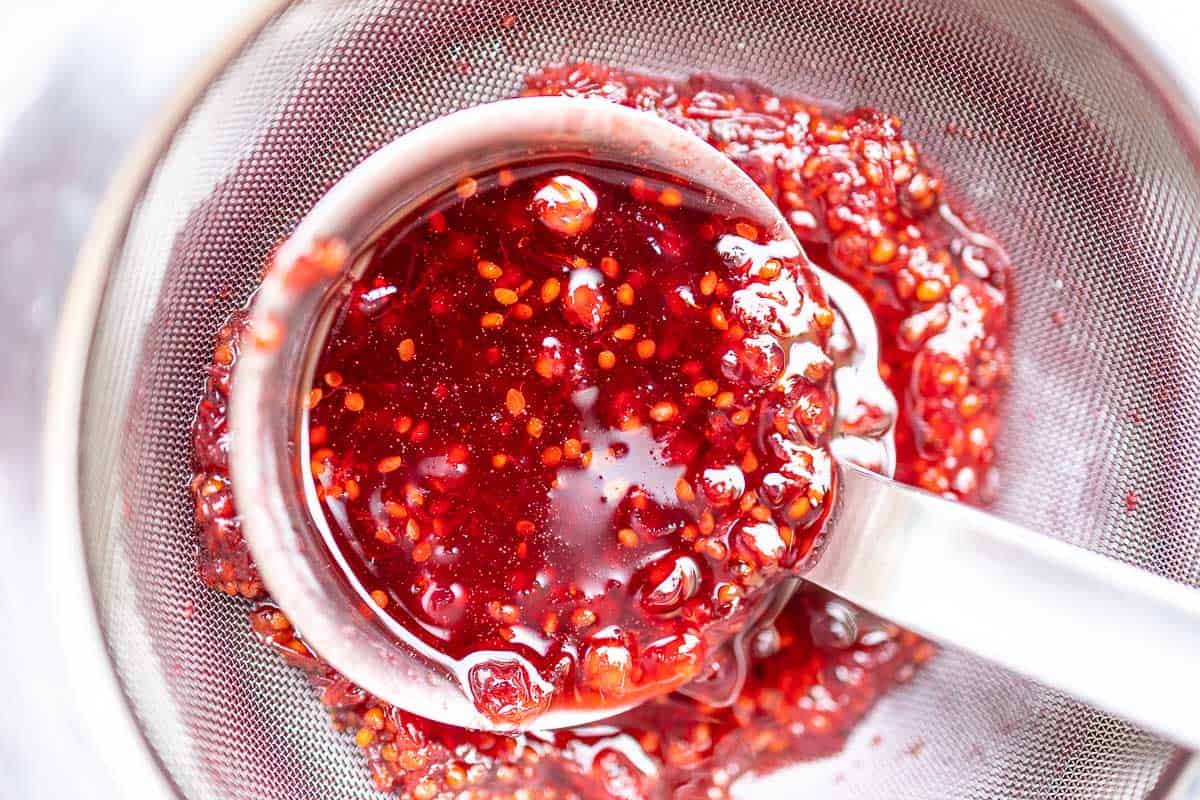
Pass
Using the ladle, pass the cooked fruit and sugar mixture through the sieve in a circular motion.
The kernels remain stuck – a pomace of currant seeds.
Heat the pot with the seedless jelly and bring to the boil for another 2 minutes.
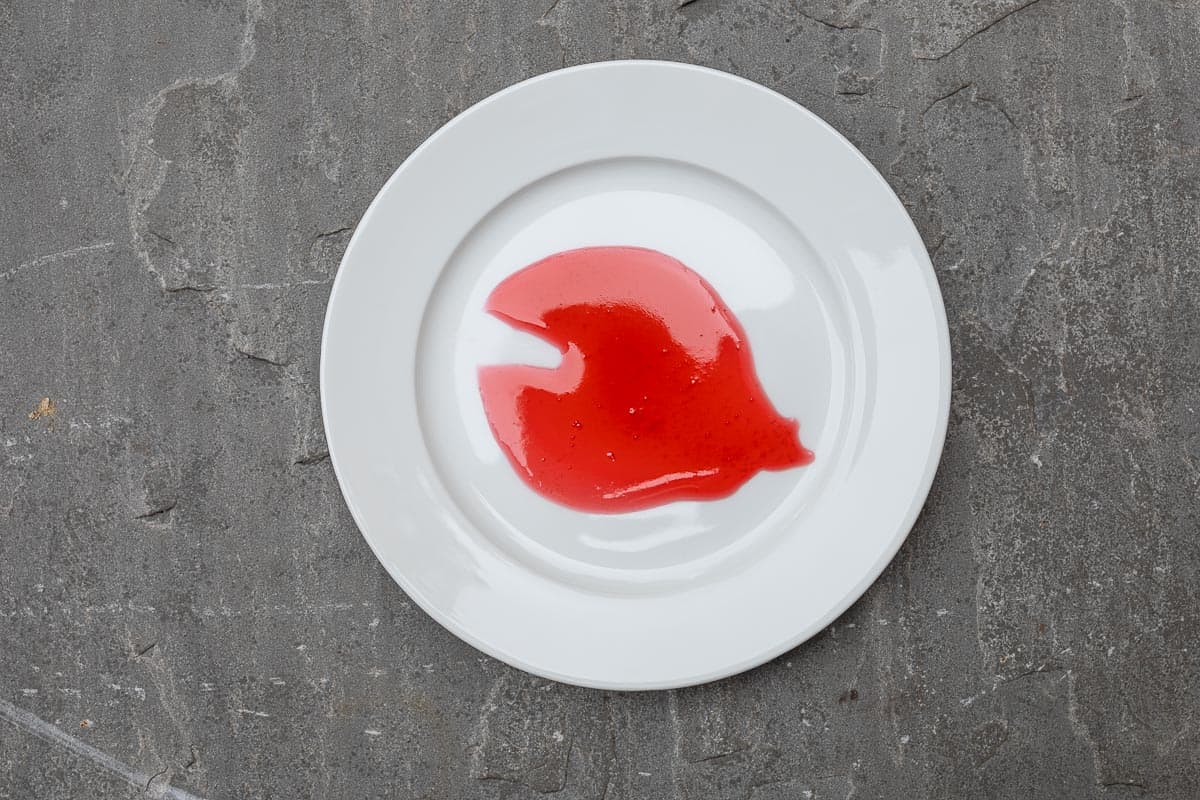
Test gelling
Perform the gelling test.
For this, place some of the jelly on a small plate and let it cool down.
You can pull through the fruit preparation with a spoon or with your finger.
If the jam “stands still”, the firmness is optimal.
Filling
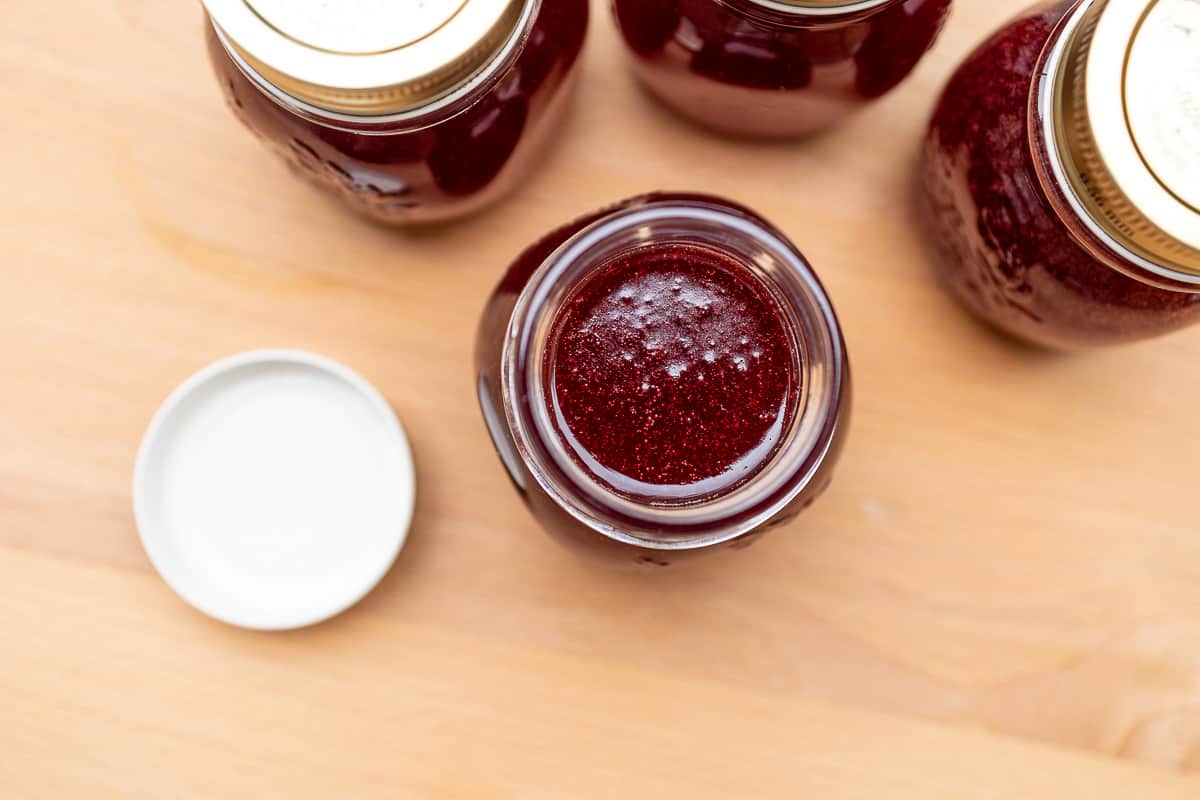
Filling
Prepare the jars for filling with lids.
Close the filled jars quickly so that a vacuum is formed.
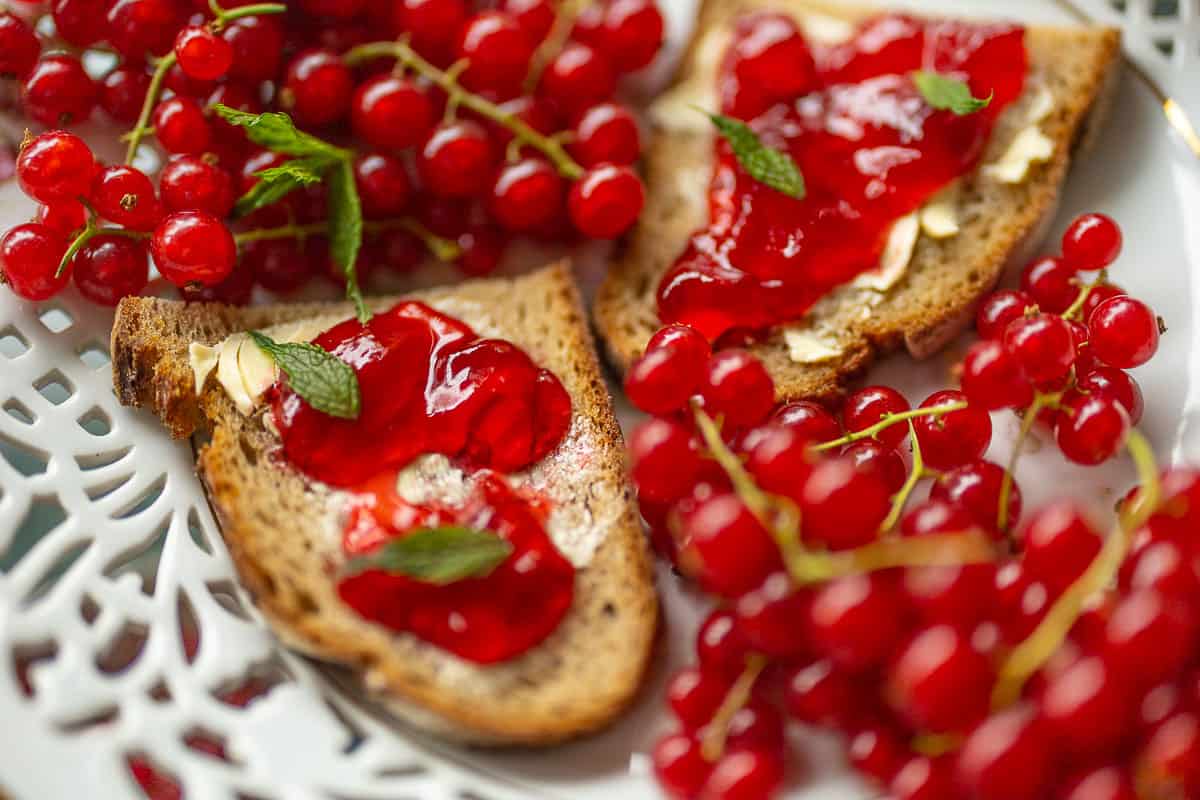
Serve
Now the fruity currant jam is ready.
Enjoy on fresh bread after cooling.
Bon appetit!
Video
Courses
Cousine
Keyword
2. Calories and Nutritional Values
3. Tips for Preparing Classic, Red Currant Marmalade
My experience in the preparation of currant fruit spread has shown me that the removal of the seeds is a must. This is the only way to achieve pure jam enjoyment.
The cooked fruits before filling definitely pass through a fine hair sieve – currant jam tastes only without seeds!
Chef Thomas Sixt recommends
In addition, I love to emphasize the taste of a fruit in the jam. Because you can wonderfully enhance the aroma of a fruit by adding certain spices or a nice sip of alcohol. I went for the latter here and chose my all-purpose dessert weapon, the Cointreau.
I prefer natural ingredients as much as possible. That’s why I tried the raw cane sugar this time. For the firmness I used gelling aid. This is an extra powder and you can find it in the supermarket next to the gelling sugar.
Let me check the consistency of your jam in the pot – the gelling test is a must!
Chef Thomas Sixt recommends
If my jam has become too thin, I will supplement it with a grated apple. This does not disturb the taste and contains the desired pectin in a biological way. If it is the other way round, i.e. the jam has become too firm – but I have not experienced that yet – please add some water or fruit juice.
In summary, I would like to give you these three tips for full enjoyment:
- Complete your jam with suitable liqueur or Prosecco
- Reach the desired firmness with pectin (grated apple) or fruit juice/water
- Pass your cooked jam through a fine sieve
4. Hygiene is Important for Shelf Life!
A long shelf life of more than half a year is only guaranteed if the production of the jam and the filling of the jars is carried out hygienically. Good jars with intact lids and closures are a must. Beautiful spirits like me even buy particularly pretty jars for it.
This is how we avoid mould infestation:
- I clean my jam jars thoroughly before filling them.
- In addition, I use citric acid (vinegar essence works as well), of which I put 2-3 tablespoons into the empty jars and screw the lid on. Then I shake the glasses so that the acid is distributed inside. Then I open the glass again and pour the rest of the acid into the next glass for repetition.
- For filling the glasses I like to use a beaker cup. So nothing stains the edge of the glass.
5. More Fruit Spreads
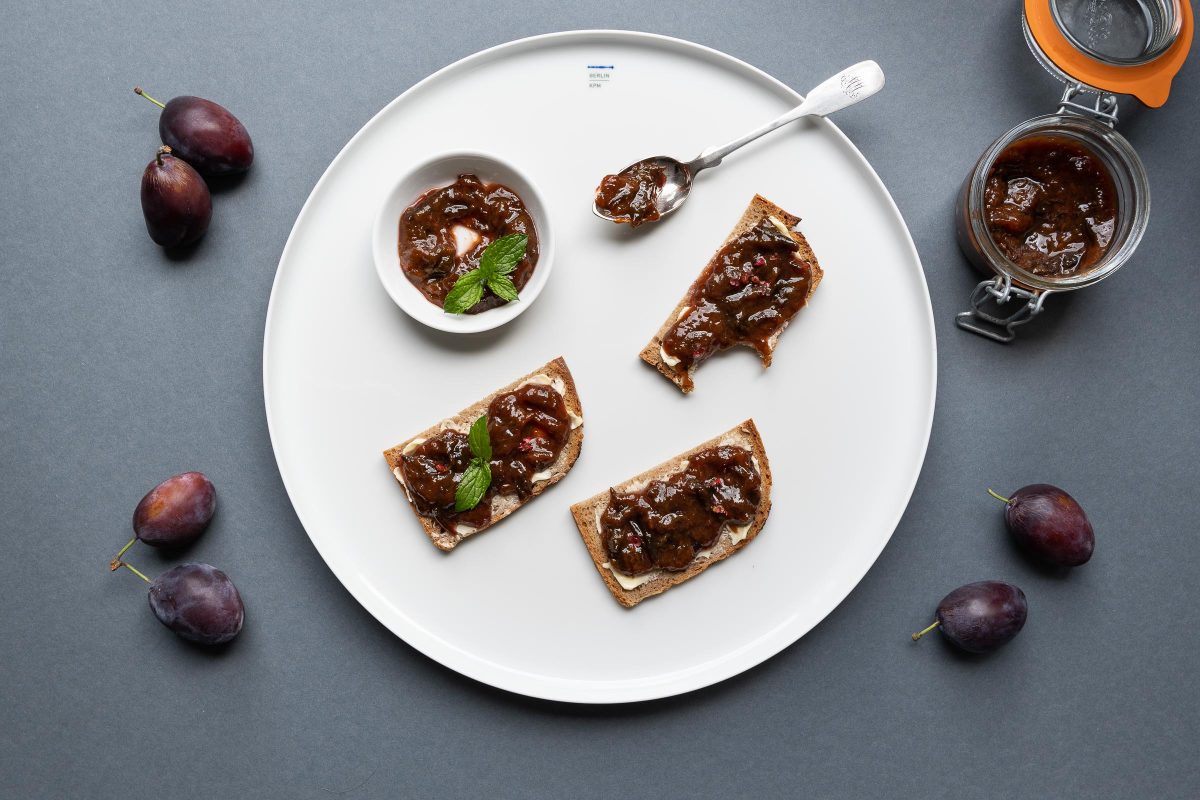
Plum Sauce – German Pflaumenmus
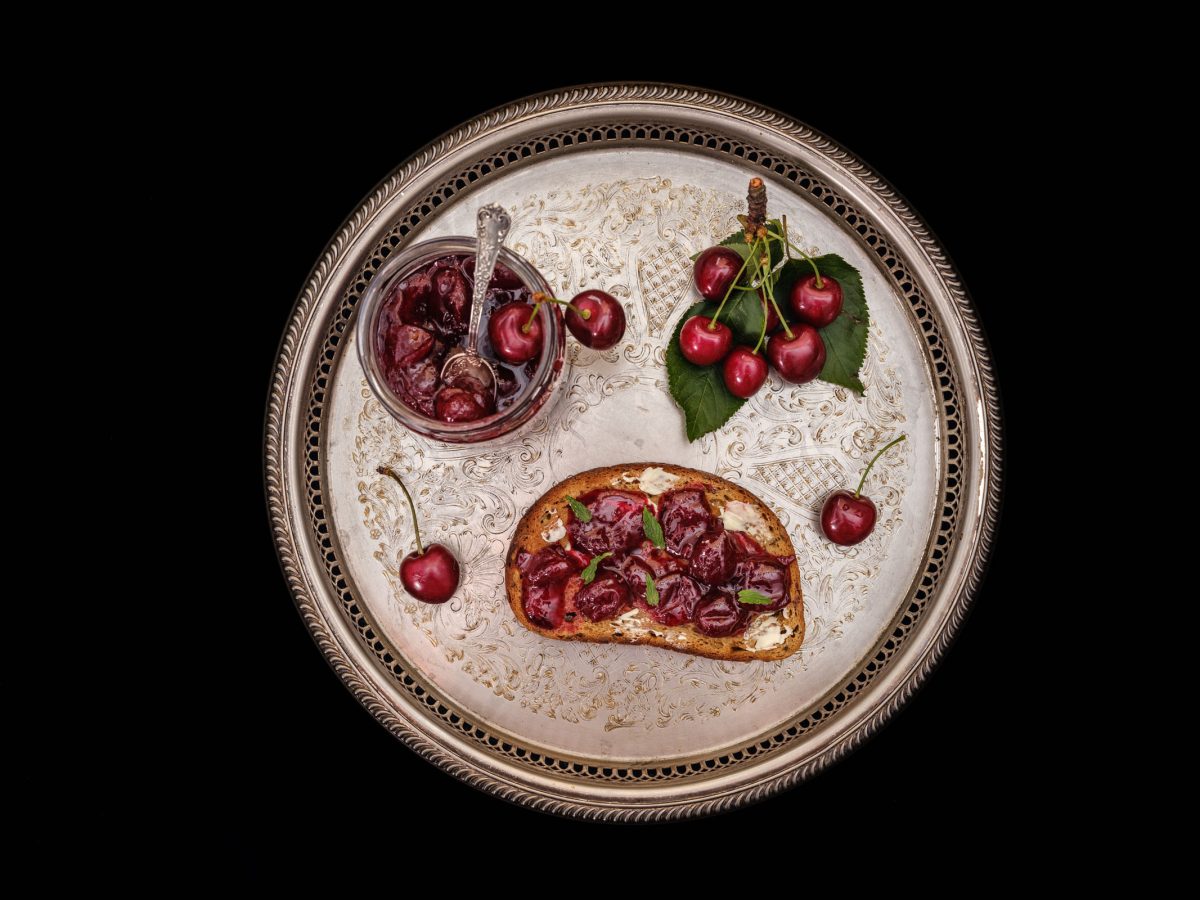
Cherry Jam Recipe with 3 Ingredients
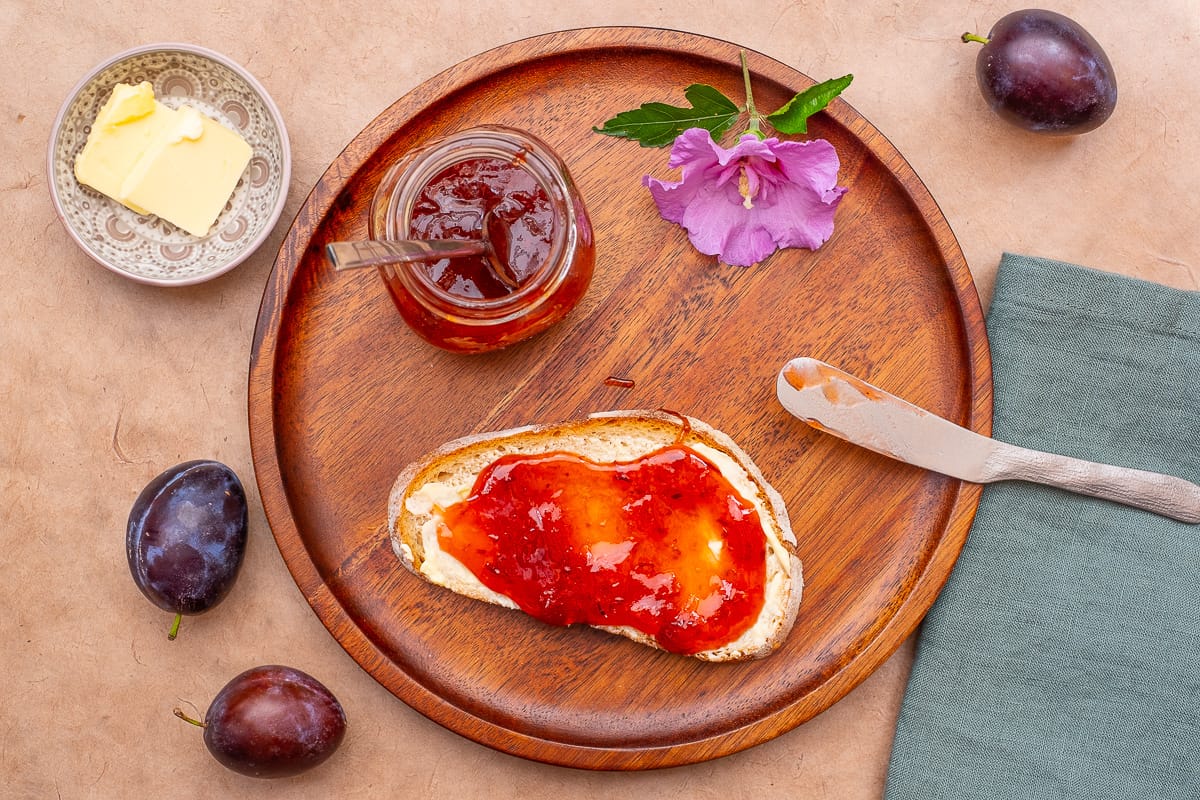
Plum Jam Recipe
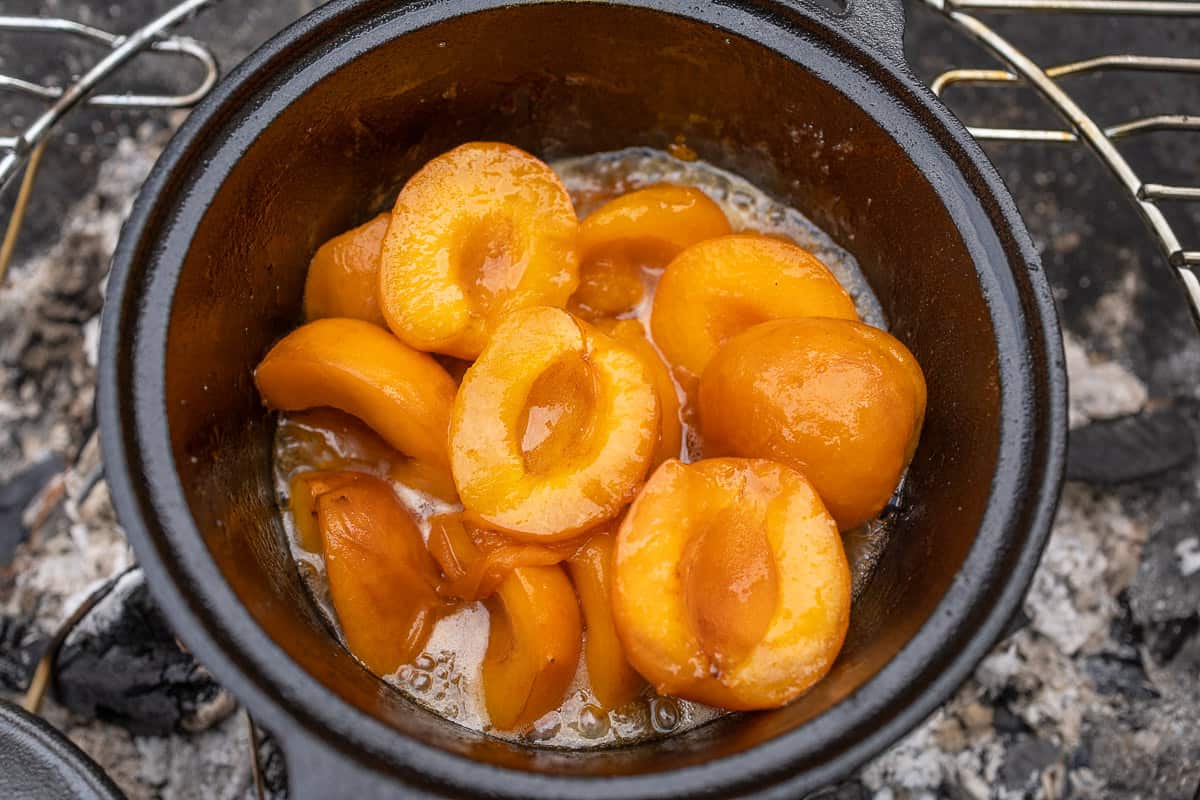
Apricot Roaster Recipe for better Apricot Compote
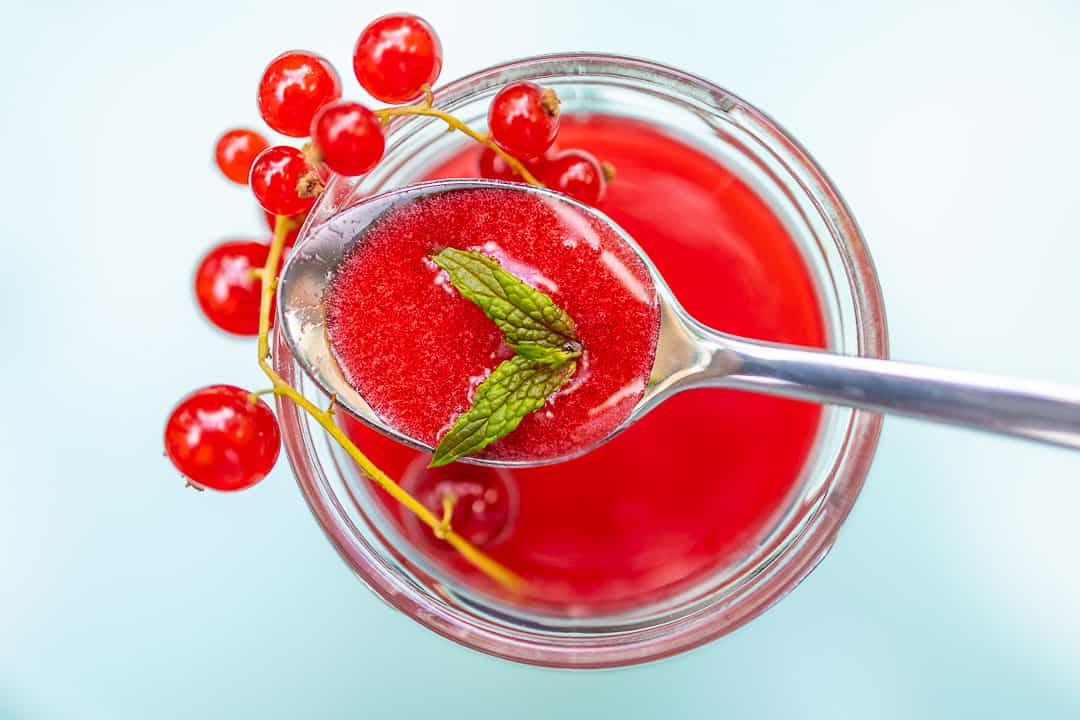
Redcurrant Jam Cold Stirred – Easy Recipe

Red Currant Marmalade Recipe, fine Jam delicious make yourself!
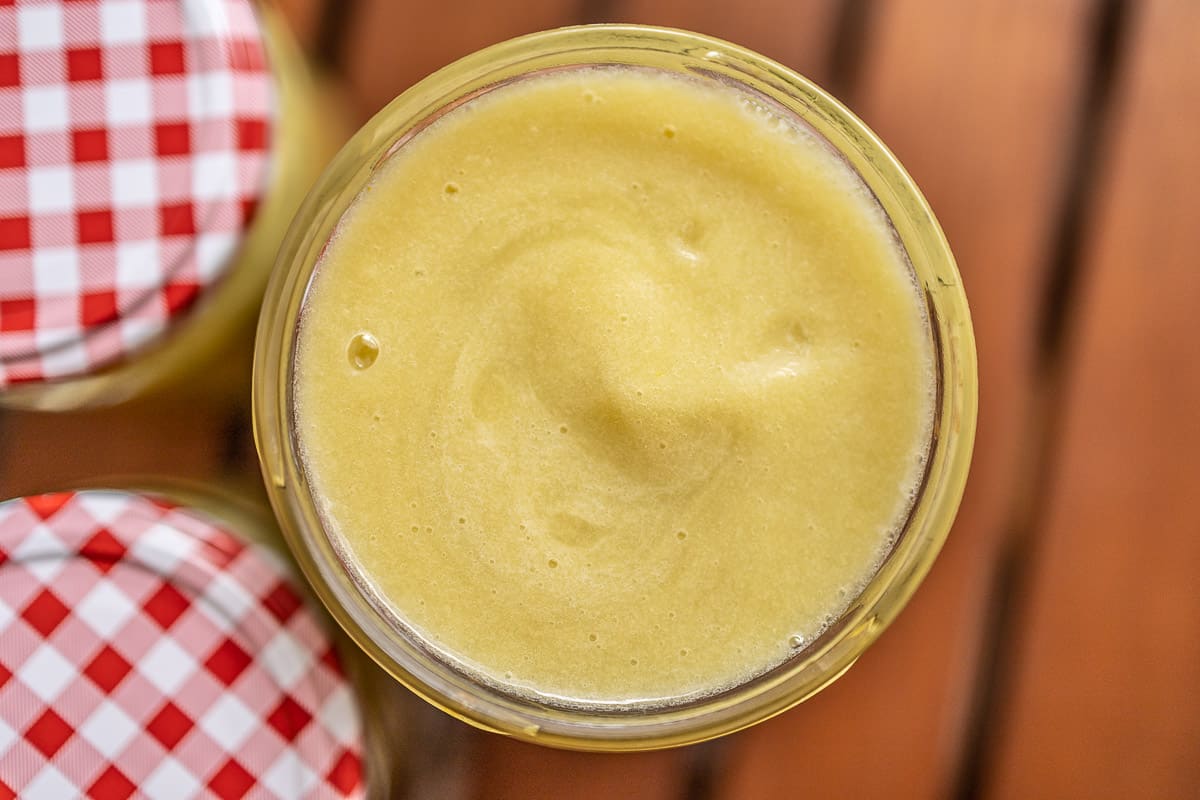
Rhubarb Compote Recipe
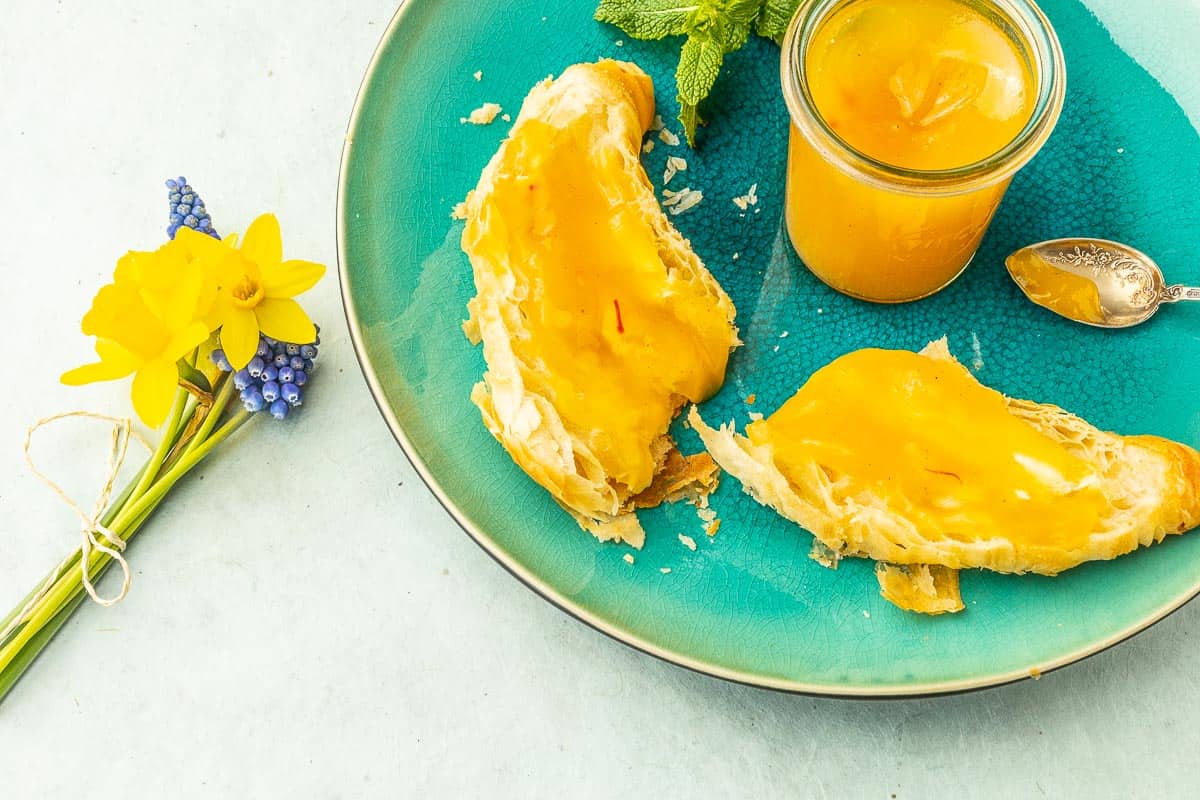
Quince Jam Recipe for special Spread
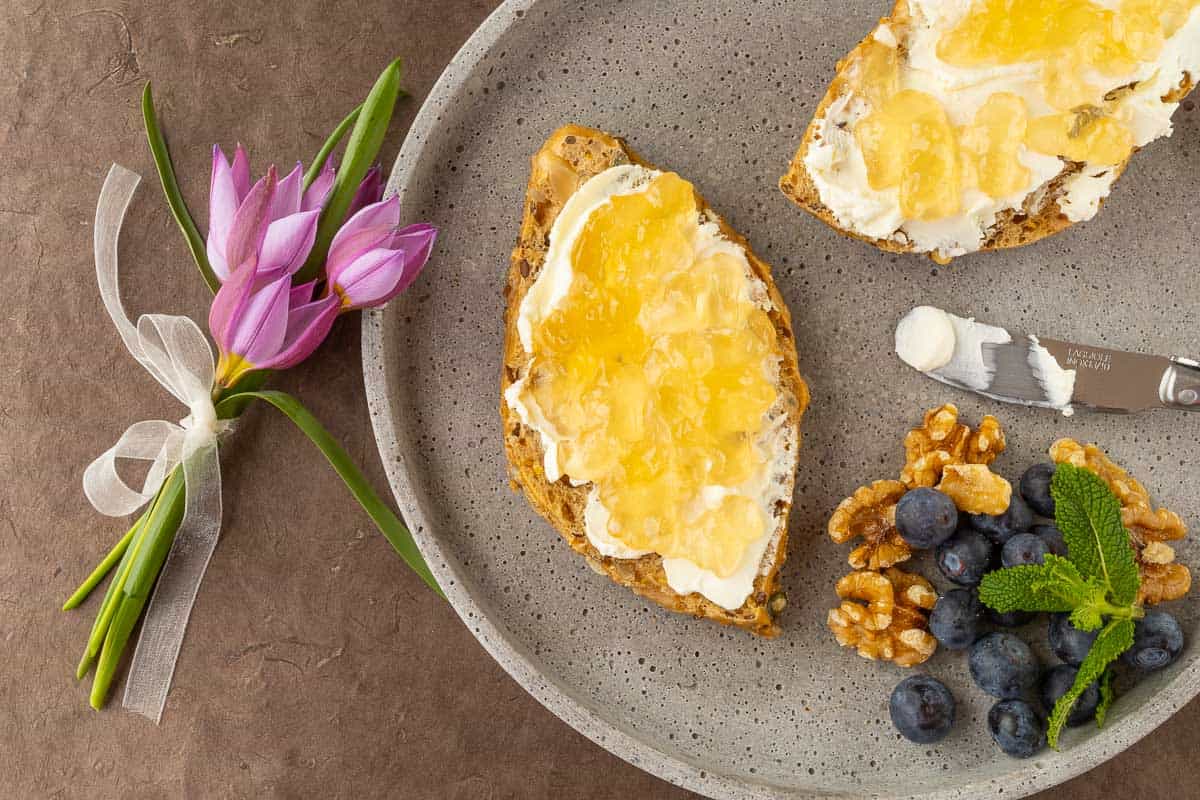
Quince Jelly Recipe for a fine Spread
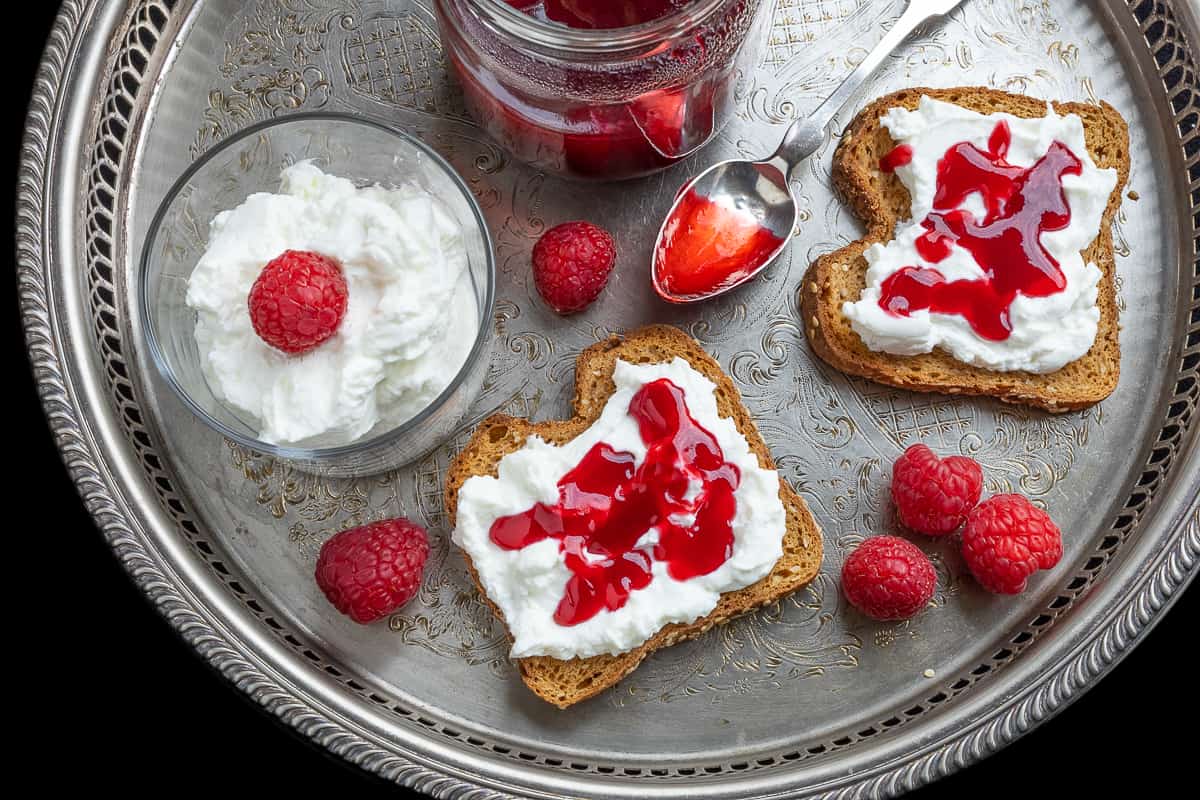
Raspberry Jam Recipe
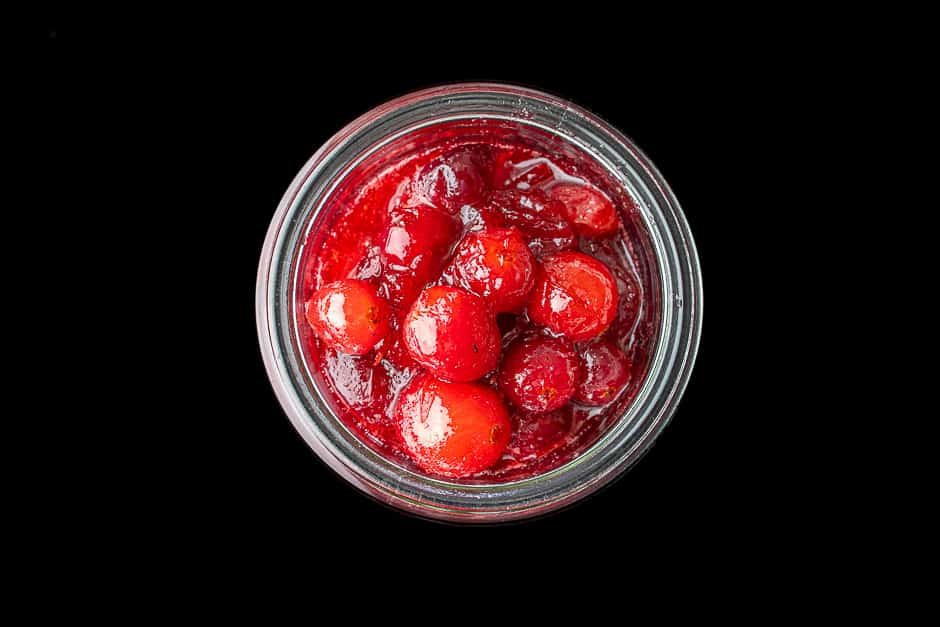
Cranberry Compote – Preserve Cranberries

Apple Compote Recipe
Comments, Cooking Questions and Answers
Below you can write to me directly.
Please don’t forget the star rating on the recipe, 5 stars means you liked it!
